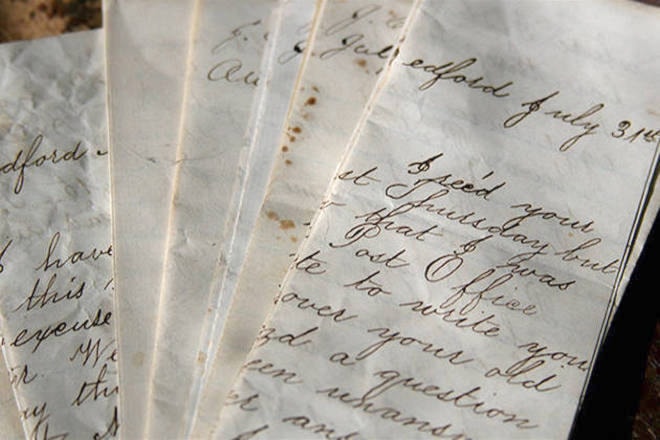Re “Trans Mountain argues that both routes are outside the aquifer area anyway” in the story “Pipeline company questioned about Chilliwack aquifer protection at NEB hearing”, Chilliwack Progress, 19 January 2017.
Loose use of the term “aquifer” has muddied the waters since the Trans Mountain Expansion Project was first announced. The distinction between aquifer and well capture zones is important if we are to understand that aspect of what is at stake for our community.
That all potential pipeline routes in last week’s hearing are over the aquifer is not disputed. In fact when it comes to talking about putting the pipeline along Highway 1, something Kinder Morgan mentioned frequently even though it was entirely outside the scope of the hearing, they try to tell us the Highway 1 option is no safer because the aquifer extends even there.
The aquifer starts around and under the Vedder River and does extend to about Highway 1. Well capture zones are those portions of the aquifer where well pumps pull water toward the wells. Capture zones are dynamic, 3-dimensional zones influenced by factors such as the natural flow of the aquifer, how much water each well is pumping, how deep the wells are, and depth of water table. To plan for our water use the City needs to consider not only daily and seasonal water supply and demand now, but also long into the future. For the pipeline, further from well capture zones is better.
In 2015 Kinder Morgan defended the BC Hydro route, telling the Province of B.C. the old Trans Mountain route was “along the northern limits of the capture zone of existing City of Chilliwack municipal wells” and that available modelling “suggests this local well capture does not extend as far as the proposed pipeline corridor.” The proposed corridor then being between 500 kV towers on the BC Hydro right-of-way.
Likely any of our local electricians could have told Kinder Morgan that trying to run a steel pipeline under 500 kV lines instead of alongside the 230 kV lines was a bad idea. With the 500 kV route proven non-viable, despite what they said to the Province earlier Kinder Morgan would now have us believe that none of the routes intersect capture zones present or future as they try to switch to the old Trans Mountain route that presents the greatest risk to our community wells.
We hope the NEB will agree with the City, WaterWealth, and residents, who have argued that putting our drinking water at greater risk is another bad idea. If so, there will be another NEB process to change that part of the route to run alongside the 230 kV towers, where BC Hydro has agreed the pipeline can go.
Whatever the outcome of all that, WaterWealth looks forward to the broader route hearings. There we will argue for a variety of reasons relating to the safety and enjoyment of our community that a route alongside Highway 1 is the best possible route for Kinder Morgan to put their Trans Mountain pipeline.
Ian Stephen, Program Director,
The WaterWealth Project
Chilliwack
